Through two rounds of fighting, Vietnamese soldiers' troops have occupied most of the high points in the East. The enemy's key defences were broken; the siege was tightened. Muong Thanh and the airport were threatened. Supplying and reinforcing the enemy by air encountered many difficulties. The enemy intends to find every way to recapture C1 hill and gradually occupy the high points in the northeast to restore the defensive position.
Vietnamese soldiers' mission at this time is to resolutely hold the high points they have captured, not allowing the enemy to counterattack and retake them, to maintain a siege position, to threaten the enemy, and at the same time serve as a springboard to attack and destroy the enemy.
Therefore, on April 13, 1954, the General Staff issued a Directive on several issues of building defensive positions on newly occupied bases.
Given the complex and dense arrangement of the enemy's strongholds, the inside is divided into areas, and each area can fight independently. In the depths, the bases are close together in many horizontal and vertical layers.
Therefore, the General Staff issued a directive to use small squads to attack gradually, to take advantage of killing more enemy forces, gradually destroying their fortifications, and creating good conditions to attack and destroy them.
On the same day, the General Staff issued Directive No. 98-CT/B1 on the accelerated training of recruits. According to the policy of the General Military Commission, all units were supplemented with several recruits. To ensure a successful campaign, Vietnamese soldiers must take advantage of every hour and every minute to train recruits in the necessary tasks.
The training content focuses on four techniques: shooting, throwing grenades, digging fortifications and attacking withexplosive charges. Regarding training methods: Each veteran trains each recruit; Officers from platoon leader down train oneto two people.
Training ensures that recruits do not suffer unnecessary casualties in combat due to confusion or poor technique.
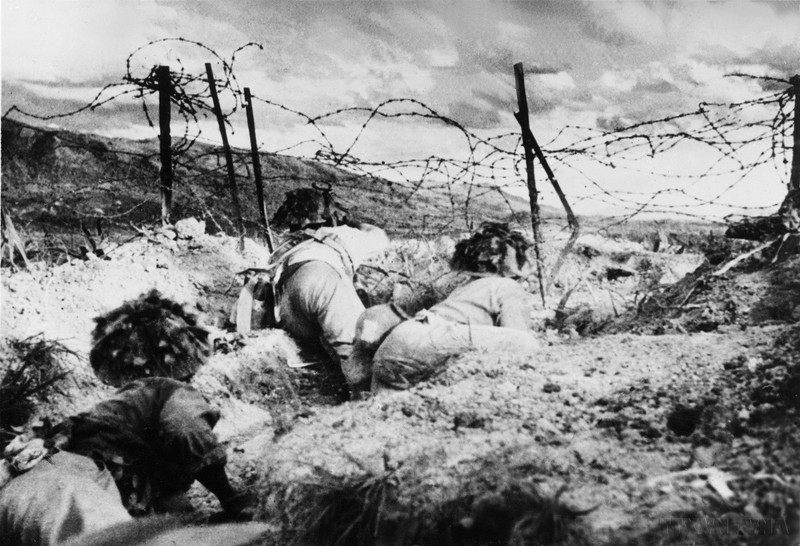




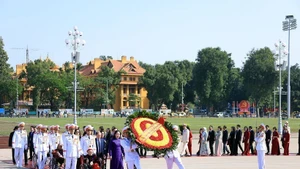



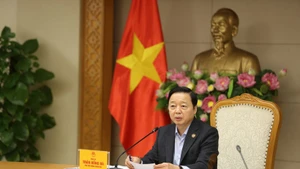
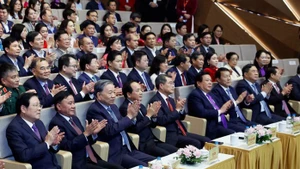


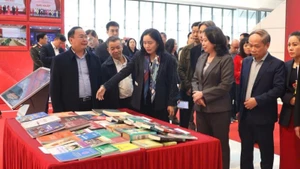


![[In Pictures] Party General Secretary To Lam chairs conference of Central Steering Committee for the Development of Science, Technology, Innovation and Digital Transformation](https://en-cdn.nhandan.vn/images/5992a12dd6e78b9bfb434962ff18307331f51c4c3a3e5fcfcd42f0234766d9c4472e3c23eec9b1fd1b48745c8d3f1352344b9404599dcafdc84ae4ddd5452acc/251225-tbt-3.jpg.webp)